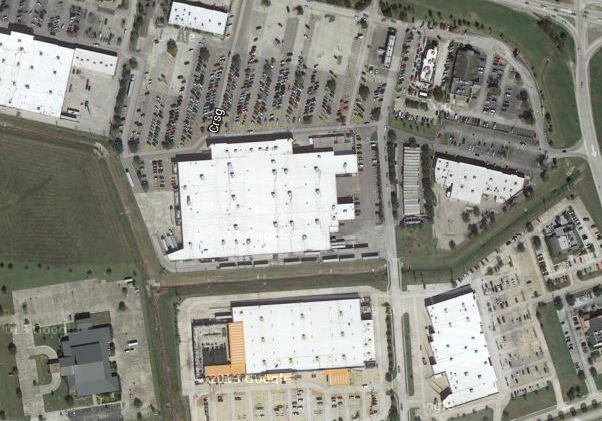Individuals and societies tend to construct narratives where small towns are superior to cities. This rhetoric is not new. While definitions in the United States confine “[small] towns” to population centers with less than ten thousand people, the functional, everyday definition is not so clear-cut. Images associated with small towns often conger up notions of communities with people who live free of the problems found in larger areas – free of crime, drugs, “strangers.”
Growing up, I had the idea that cities were dangerous, scary places, where you could never know anybody. This idea was (and is) reinforced by the news and perpetuated by the culture of fear. Despite the “ever present danger,” I have never seen, nor experienced any of these big-city horrors. I have been going to doctor’s appointments in Houston my entire life, and for the past seven plus years, I have been driving to Houston several times a week for school and work.
During this time, I have learned that a “small town” is possible in large cities. For example, I have lunch and supper at Panera several times every week up in Houston. I see familiar faces each time, the same as when I eat at a restaurant in a small town. Additionally, the degree to which I know my colleagues, students, and other friends in Houston is the same as it would be anywhere, really. In addition, cities offer so many more opportunities for cultural and political engagement than small towns.
There is an important element of Whiteness in the “small town” construct held so dear (this is by no means to say this also does not exist in the city – because it does). Historically, small towns (or suburbia) were legally and financially limited to individuals racialized as White due to deeply ingrained feelings of superiority and prejudice directed toward non-White individuals. De facto practices keep things much the same. We know from research that White people as an institutionalized group associate and use their Whiteness to experience feelings of familiarity and comfort. Familiarity and comfort that takes money. Money that has historically only been available to White people. Simply put, when we celebrate the “small town,” we are celebrating communities built on perpetuating discrimination.
With the “McDonaldization” (a term first fully articulated in George Ritzer’s 1993 book of the same name – one of those powerful prophesying books that is ultimately ahead of its time – on the same level of Brave New World) and “Walmartization” of society, every town becomes an “Anytown, USA.” Towns of every shape and size lose many of the unique business and architecture. Towns and cities are now wall-to-wall with restaurants, hotels, clothing stores, and car dealerships that could be anywhere, in any city, on virtually any street corner. No longer can a picture easily reveal information about the geopolitical location represented.
Despite popular opinion, statistics show again and again that gang activity is worse in small towns, that children in small towns are more likely to experiment with drugs, become pregnant sooner than hoped, or get into legal trouble. Statistics also show that just by virtue of living in a large city a person is automatically more accepting and willing to embrace and celebrate diversity. Additionally, large cities are much more likely to have diverse and successful small businesses because there is a population base to support them.
So, in sum, historical memory and contemporary memory conceives the “small town” to be a safe, comfortable place free of the crime and anonymity and chain stores of the city, but it is actually the city that holds truer to this ideal. Small towns, in ways, become the place with the highest degree of anonymity because with the implicitly-required conformity no one really knows anyone and freedoms of expression are frowned upon. The “small town” narrative remains true, however, for those who believe in it and for many of those who live or long to live in a small town because it provides reassurance and stability to deeply-held world views.
The “small town” is perpetuated in any number of cultural artifacts. See this video for one example.
